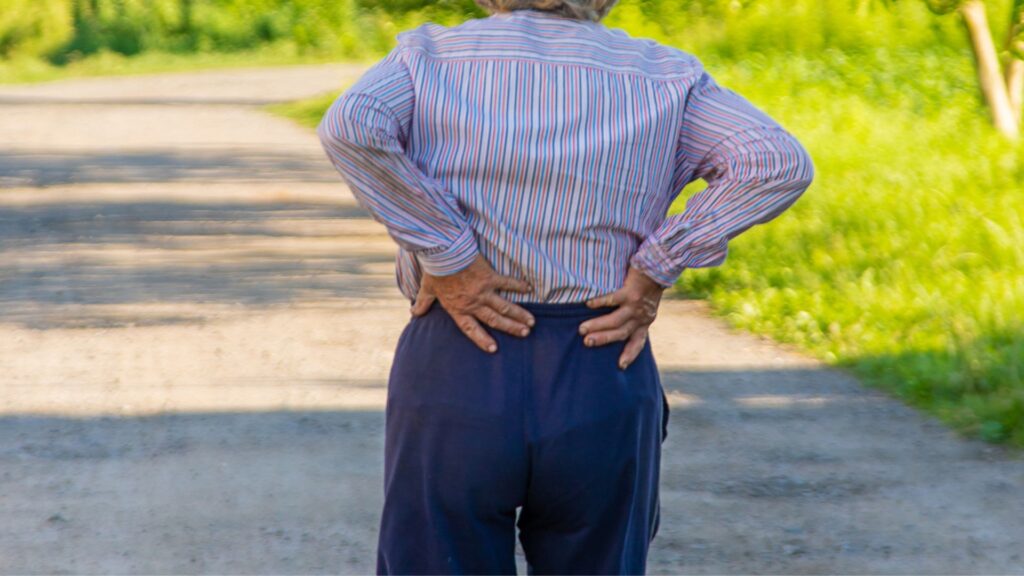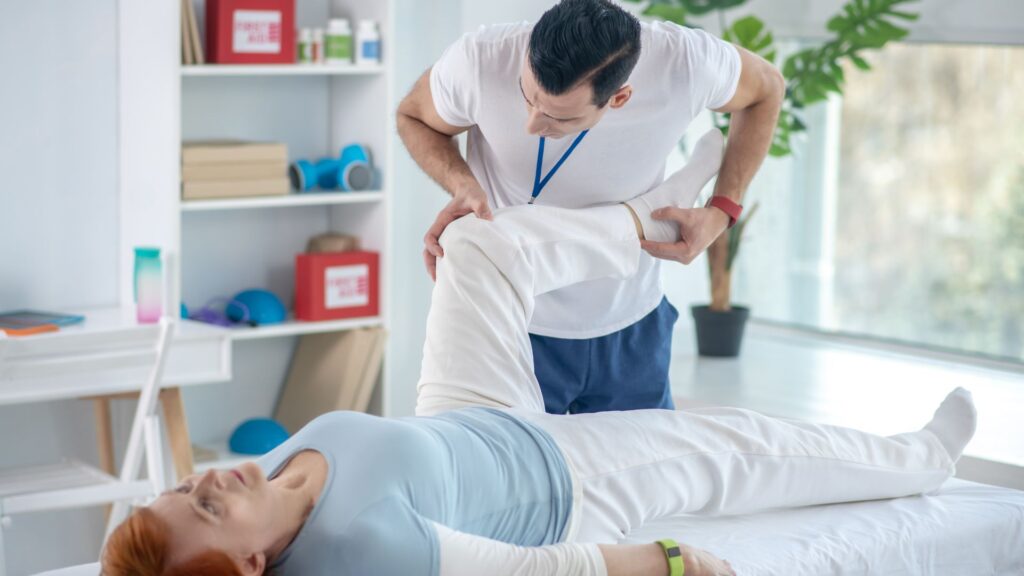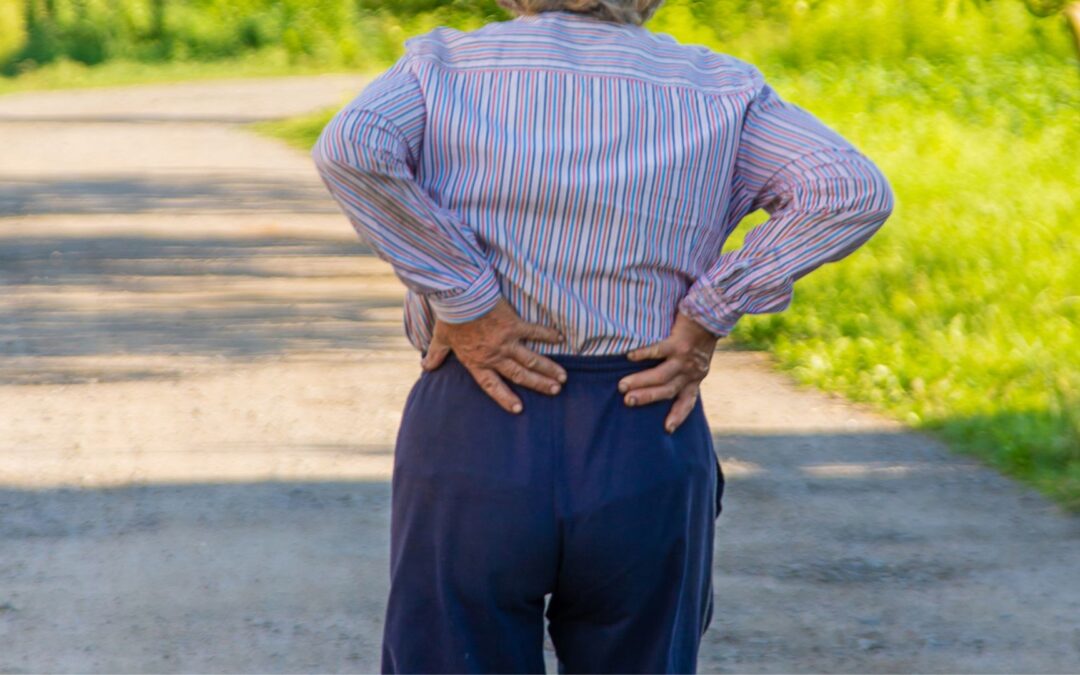
Do you notice a sharp or aching pain in your hip when walking, climbing stairs, or standing for long periods? Hip discomfort can be frustrating and affect your daily life, from exercise routines to simple errands.
At Family Chiropractic of Clark, we often see patients with hip pain that stems from misalignments in the pelvis, spine, or surrounding muscles, rather than joint damage alone. Understanding your body’s alignment and taking the right steps can relieve pain and prevent long-term issues.
Why Walking Causes Hip Pain
Hip pain while walking can have multiple causes:
- Pelvic Misalignment
Even a subtle tilt or rotation in the pelvis can change how weight is distributed across your hips, leading to uneven muscle strain. - Tight Muscles
Glutes, hip flexors, and lower back muscles may tighten from prolonged sitting, poor posture, or repetitive movement, causing discomfort with each step. - Joint Irritation
Minor restrictions in hip or sacroiliac joints may create a dull ache that intensifies when walking or standing. - Spinal Contribution
Lumbar spine misalignment can alter gait mechanics, putting extra stress on the hips.
Simple Alignment Checks at Home
You can perform a few quick checks to identify potential misalignments:
1. Hip Level Check
Stand in front of a mirror and notice if one hip appears higher than the other. Uneven hips often indicate pelvic tilt or muscle imbalances.
2. Leg Length Awareness
Lie flat and have someone observe if your knees appear uneven. Apparent leg length differences may reflect pelvis or lumbar spine misalignment rather than true bone length discrepancy.
3. Gait Observation
Walk slowly and observe in a mirror:
- Do your hips sway excessively?
- Does one leg seem to bear more weight?
- Is there discomfort when weight shifts from one leg to the other?
4. Core Engagement Test
Stand tall, gently contract your abdominal muscles, and walk. If pain reduces, weak core muscles may be contributing to hip strain.
Chiropractic Approaches to Hip Pain
Chiropractic care focuses on correcting underlying musculoskeletal causes rather than just masking pain:
- Pelvic and Lumbar Adjustments: Restore proper alignment and weight distribution.
- Soft Tissue Therapy: Relax tight hip flexors, glutes, and lower back muscles.
- Gait and Posture Training: Teach movement strategies to reduce strain.
- Targeted Exercise Plans: Strengthen the core, glutes, and hip stabilizers for long-term relief.
Patients often notice improved walking comfort within a few sessions, especially when adjustments are paired with home exercises.
Daily Habits to Support Hip Health
- Stretch Regularly
Focus on hip flexors, glutes, hamstrings, and lower back. - Monitor Sitting Posture
Avoid crossing legs or slouching for long periods. - Use Supportive Footwear
Shoes that provide proper arch support reduce stress on the hips. - Strengthen the Core
A strong core helps maintain neutral pelvic alignment and reduces hip strain. - Gradual Activity Increase
If walking causes pain, increase distance and intensity gradually to avoid overloading muscles and joints.
When to Seek Professional Care
Seek evaluation at Family Chiropractic of Clark if hip pain:
- Persists more than a few days,
- Limits walking or daily activity,
- Is accompanied by numbness, tingling, or weakness in the leg,
- Radiates into the back or groin.
Early intervention can prevent chronic pain and joint compensation patterns from developing.

Final Thoughts
Hip pain while walking is often more than “just aging” or “normal wear and tear.” By identifying alignment issues and muscle imbalances early, and combining this with chiropractic care, you can reduce pain, improve mobility, and maintain an active lifestyle.
👉 Take the first step toward comfortable walking. Schedule your appointment today with Family Chiropractic of Clark and experience relief naturally.
